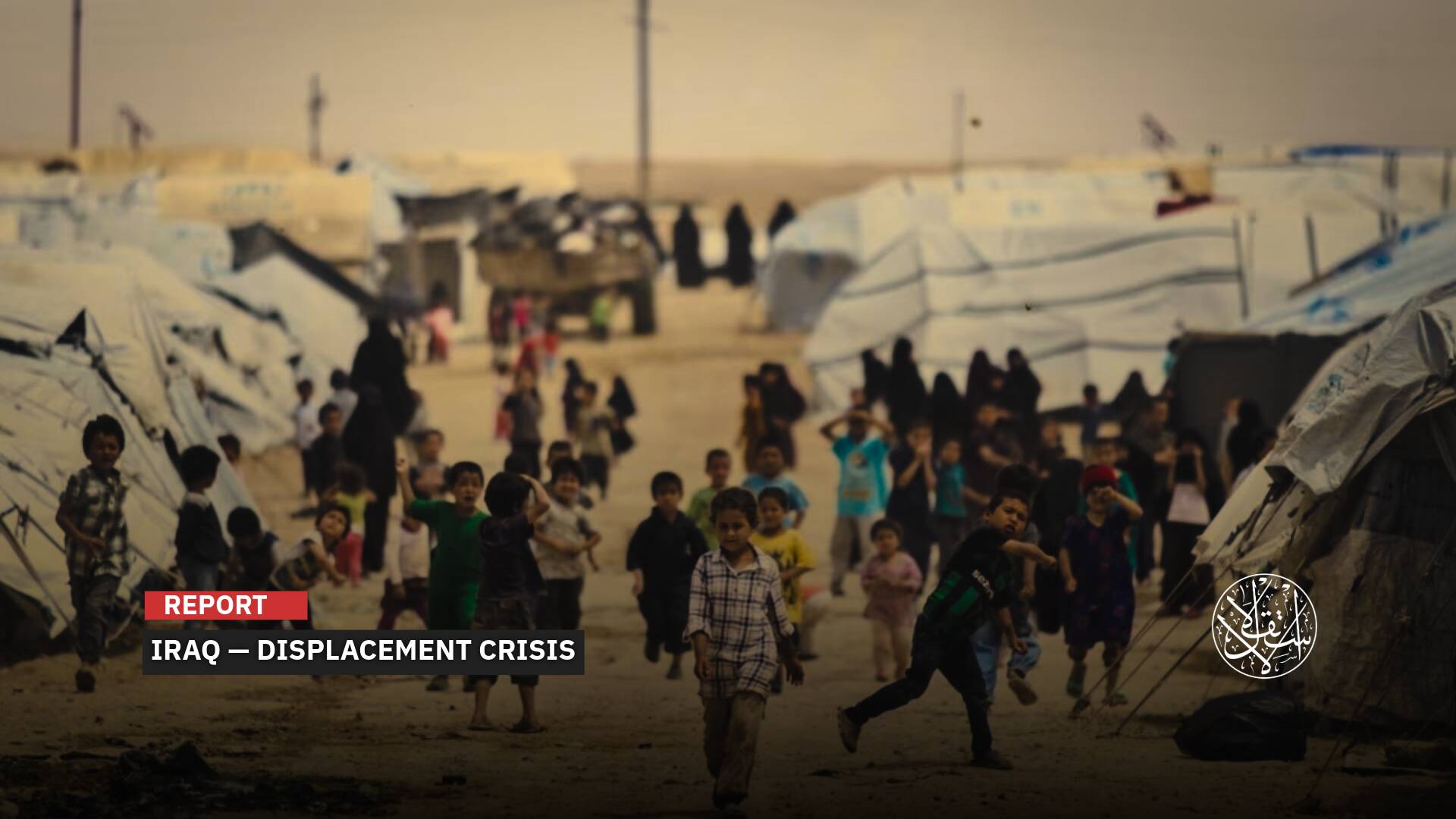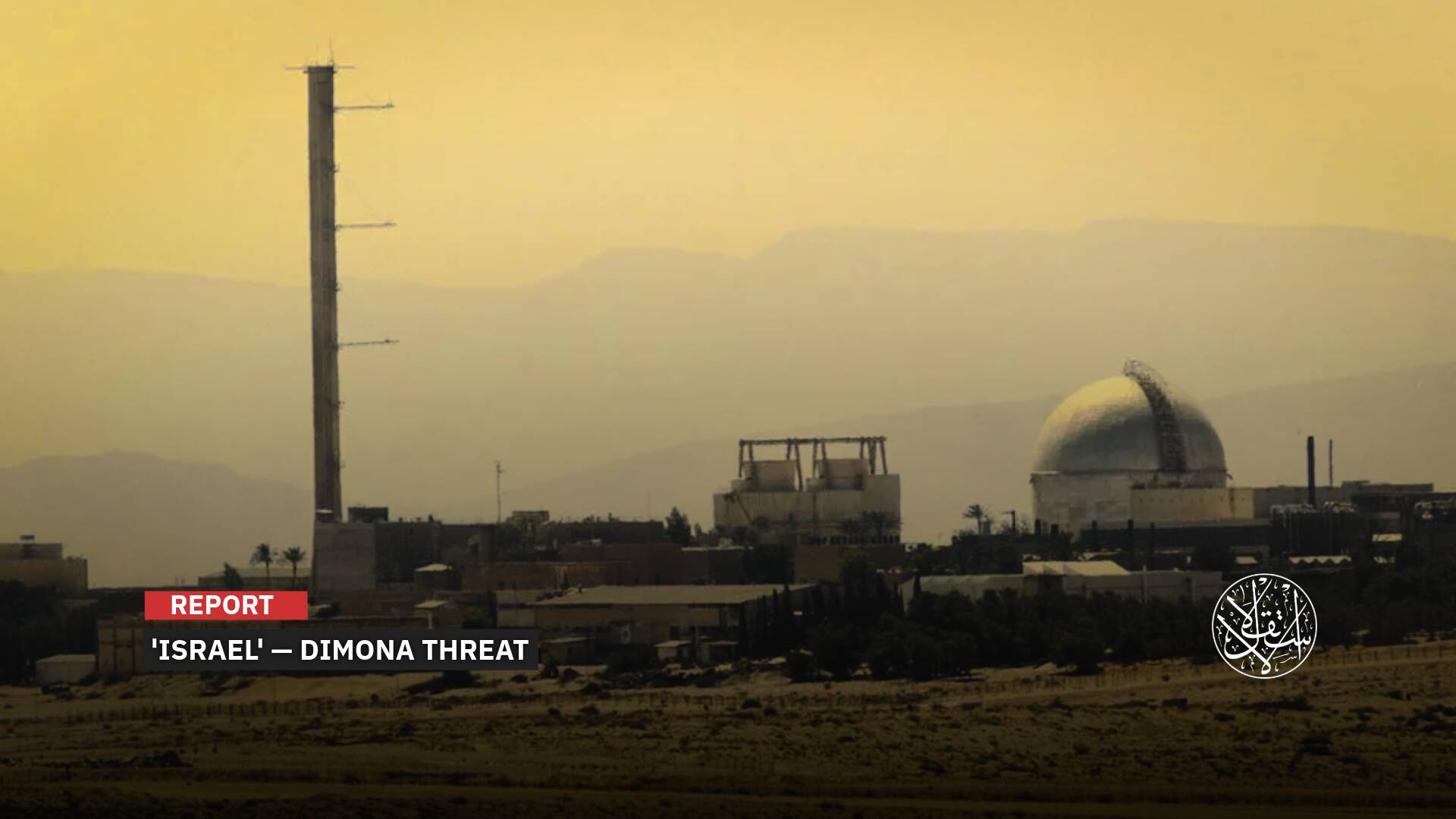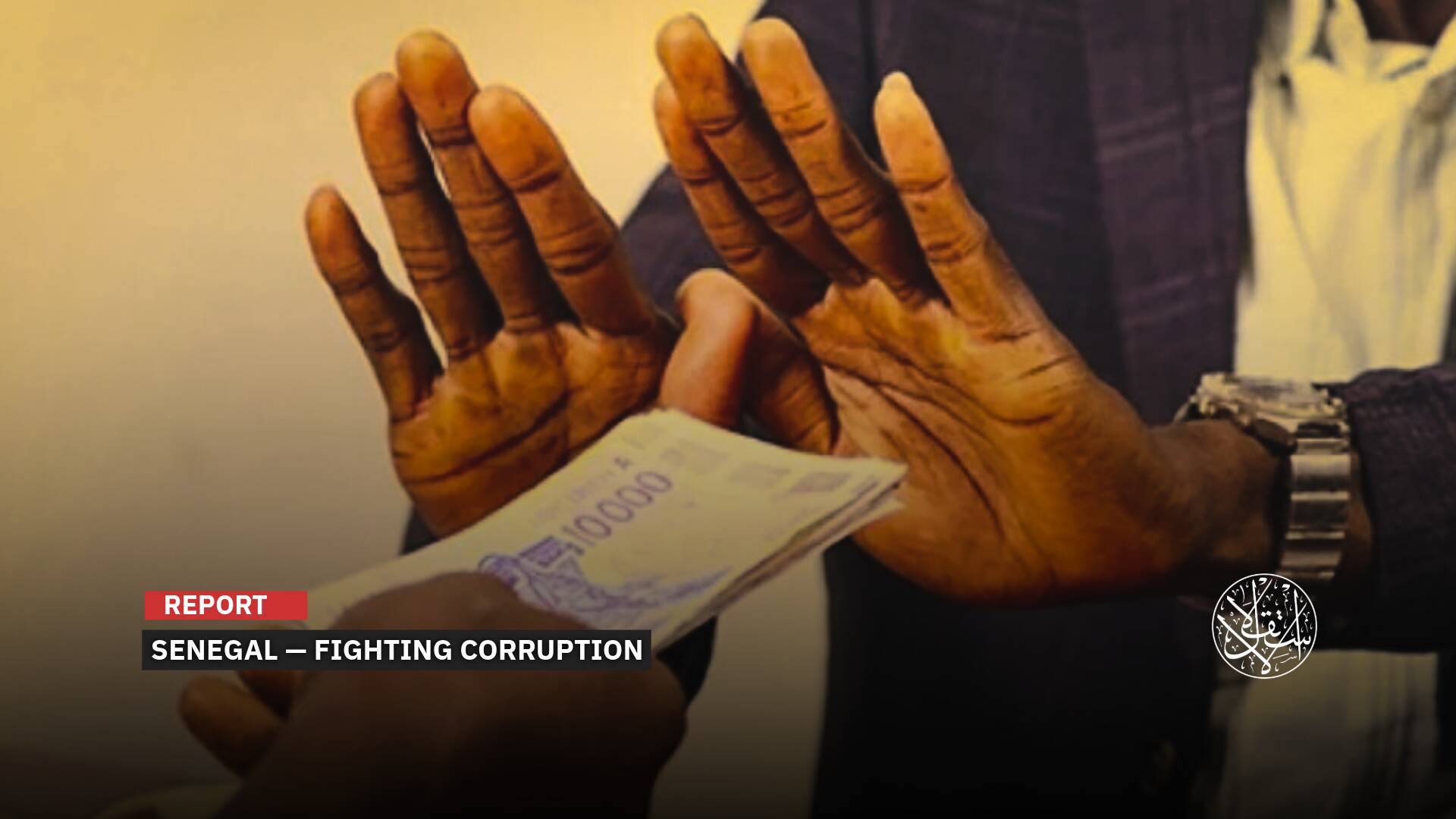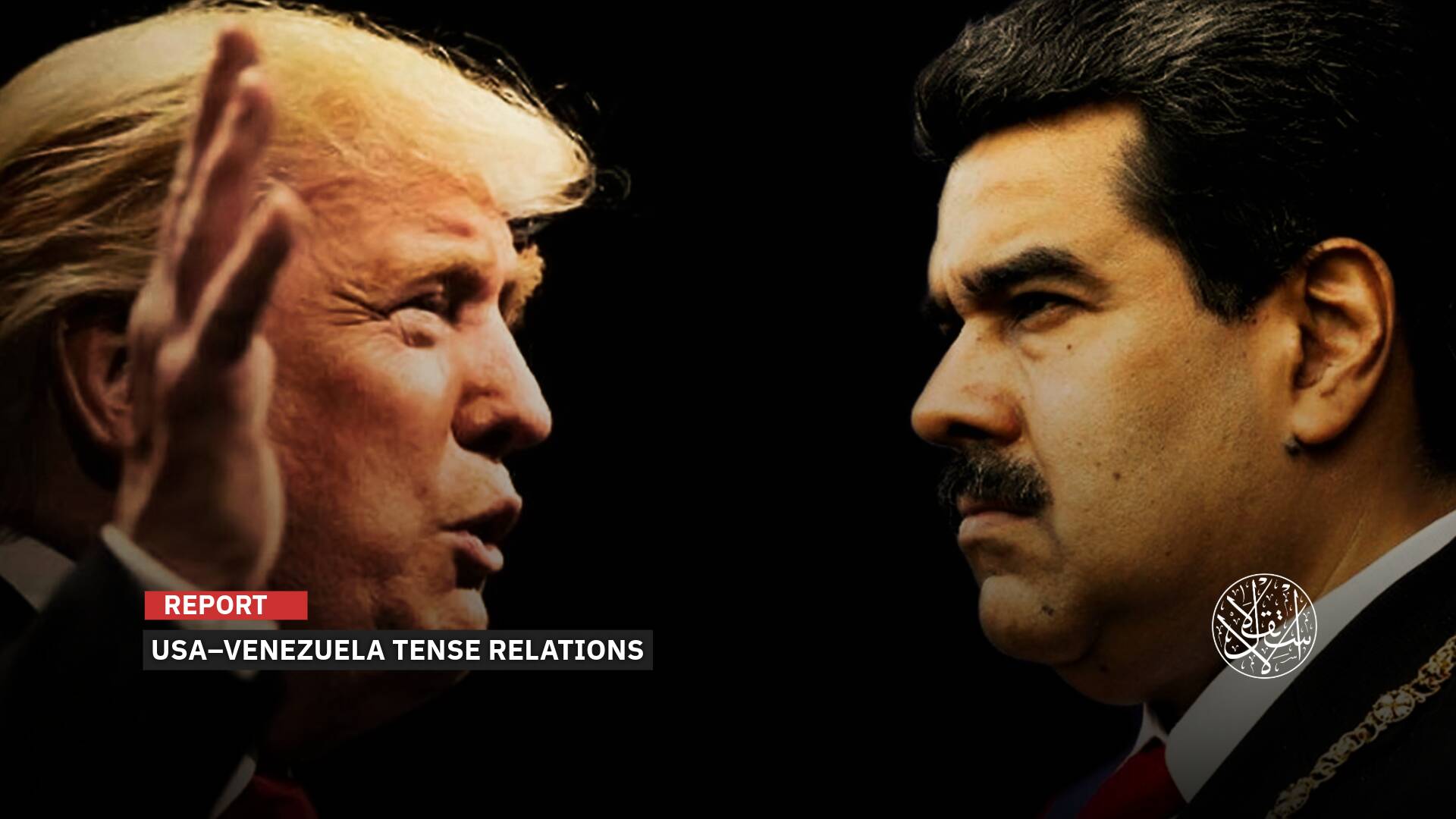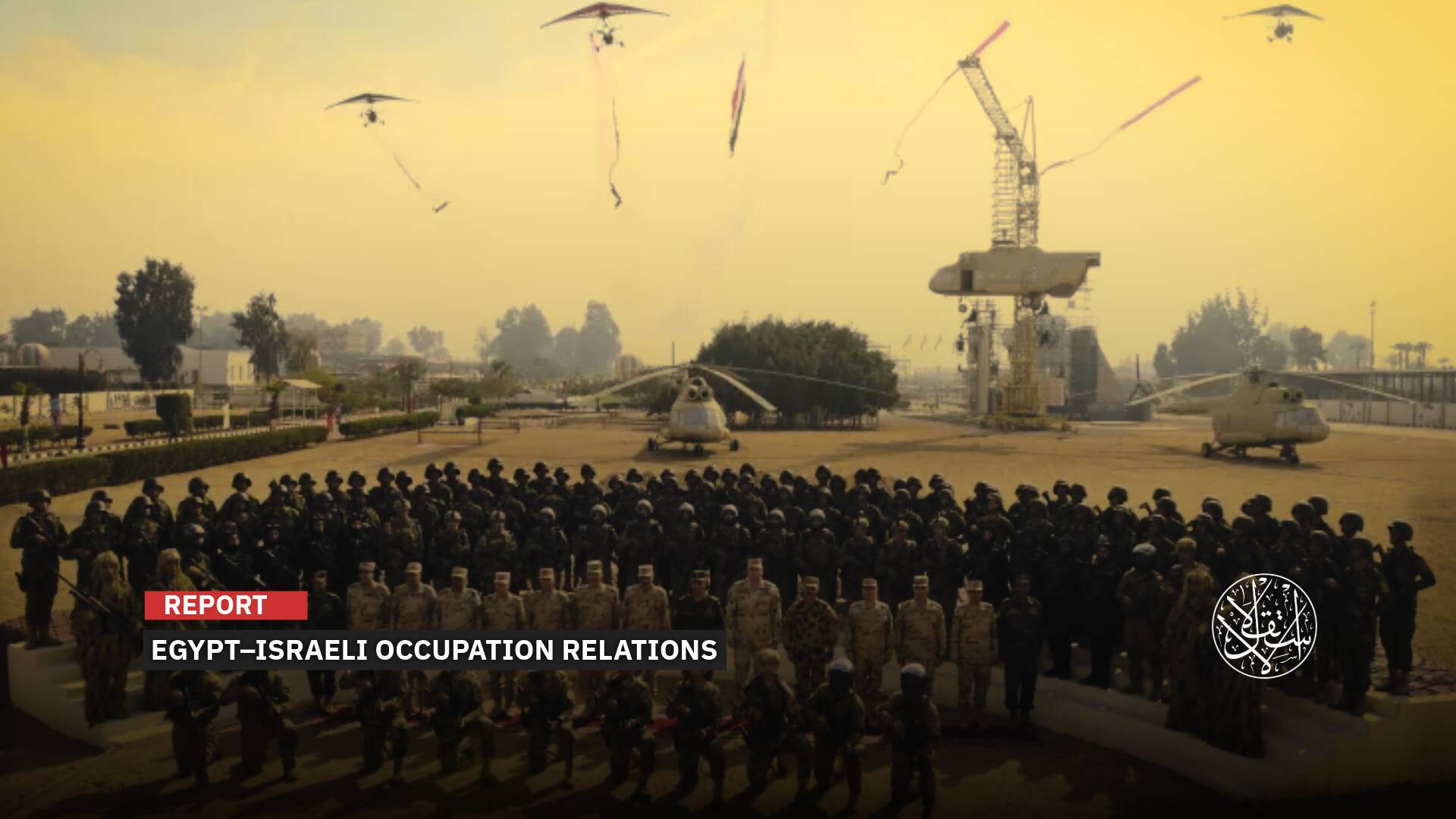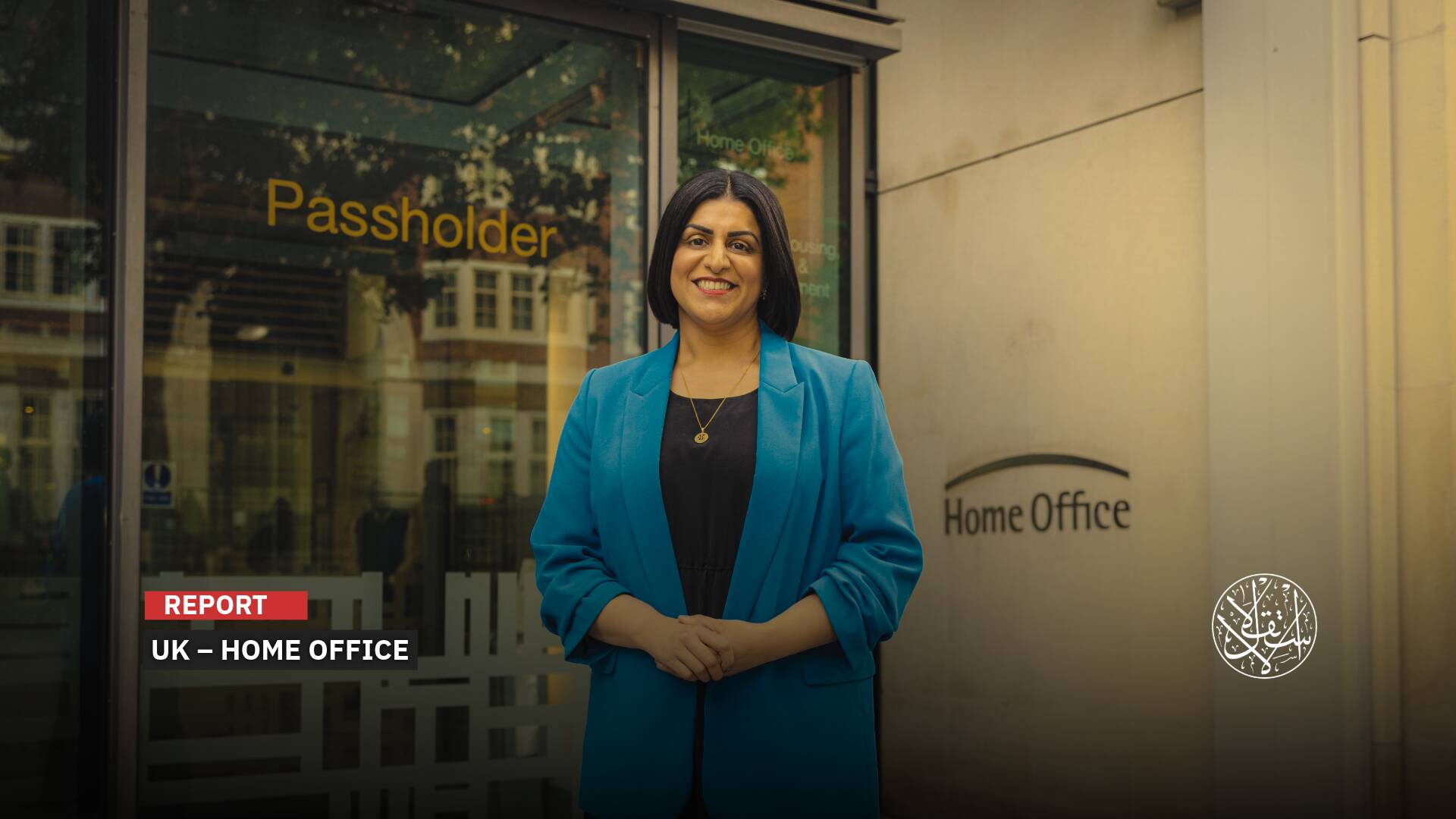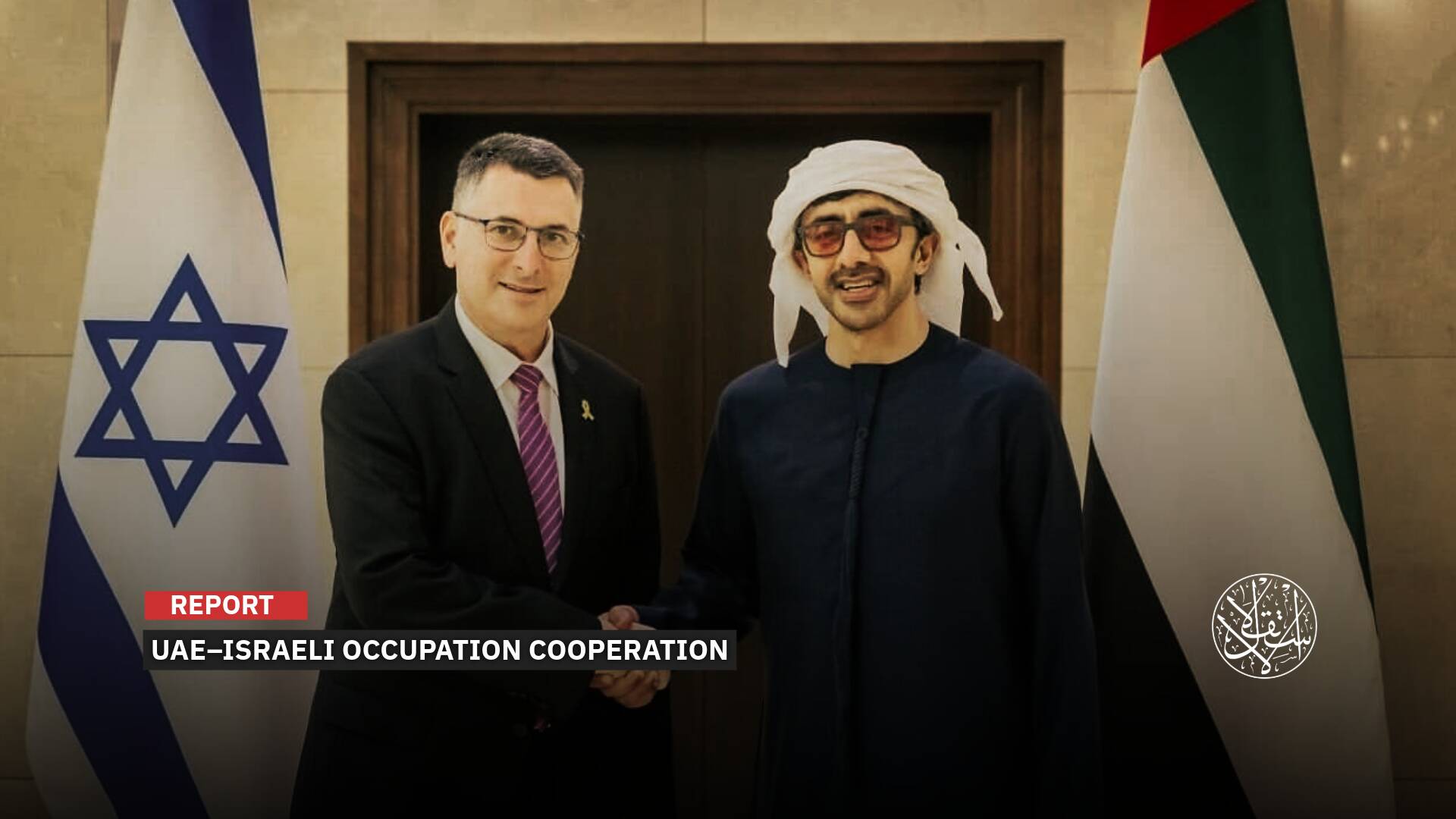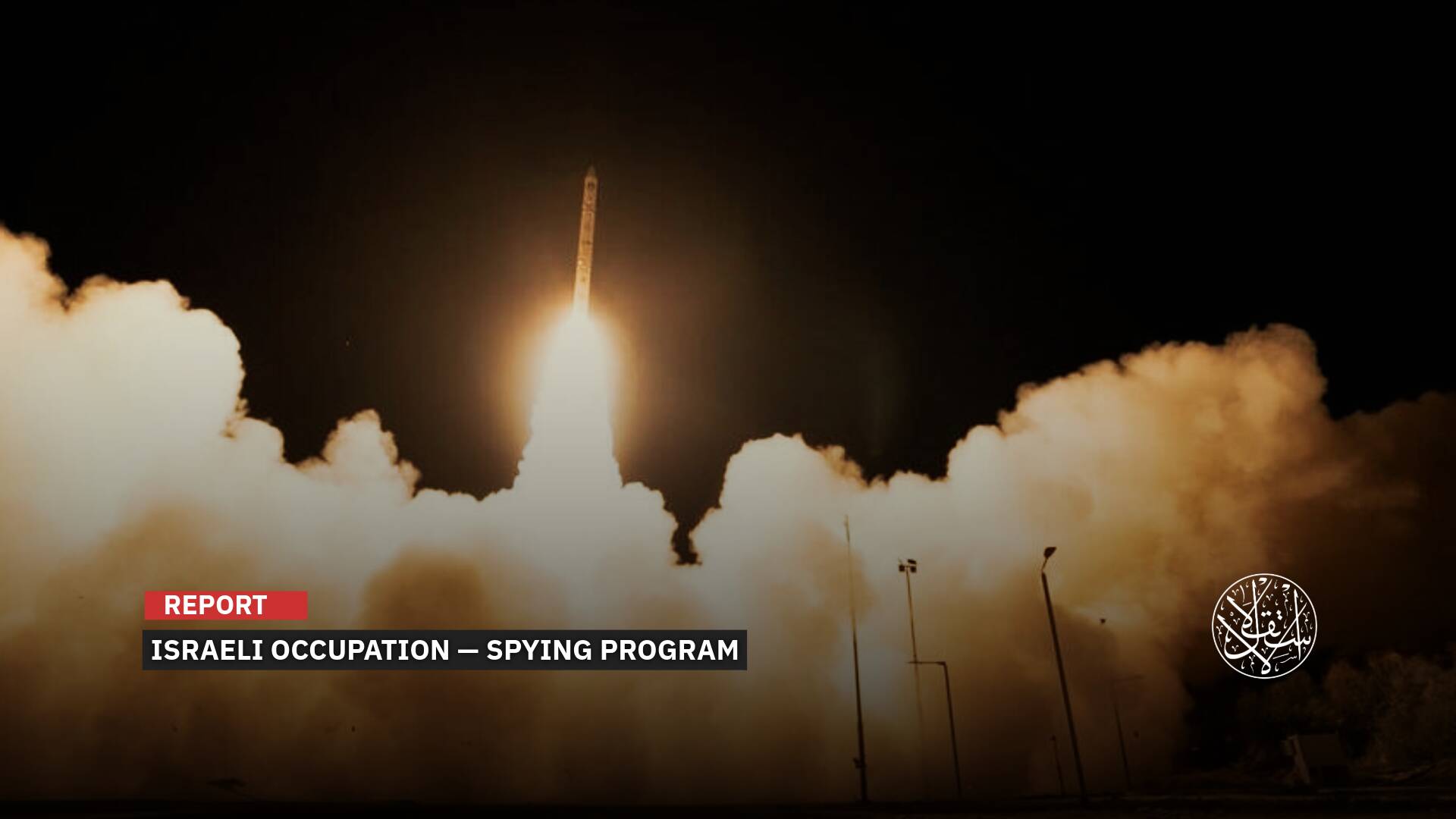Syrian Refugees Struggle to Reclaim Homes After Assad Regime's End | Here Is Why

Sales of stolen property are invalid.
Numerous obstacles are preventing many Syrian refugees from returning to their homes and towns after the fall of Bashar al-Assad's regime, with the destruction of homes or their illegal seizure topping the list.
Currently, many of these individuals face significant challenges in proving ownership of their properties in Syrian provinces. This is due to widespread looting, confiscation, and property expropriation during the regime's rule.
Upon their return to Syria after Assad's downfall, many citizens encountered legal complications when attempting to reclaim their homes, as these properties had been unlawfully sold by brokers and powerful figures close to the regime's intelligence services.
On December 8, 2024, Syrian opposition forces ousted the Assad regime after a military operation, marking the end of 53 years of Assad family rule.
Illegal Practices
The looting of properties was particularly rampant in rebellious areas where residents had been displaced following the 2011 revolution.
Less than a year after the revolution began, the Assad regime issued decrees and laws that allowed the confiscation of opposition property under the pretext of urban expansion or reorganization.
Over the years, entire neighborhoods in Damascus and its countryside were demolished under the guise of “urban planning,” part of a broader strategy of collective punishment and property seizure.
According to UNHCR statistics, over 14 million Syrians have been displaced since 2011, including 7.2 million internally displaced persons and 6.5 million refugees seeking asylum in other countries.
Upon returning to assess their properties, many Syrians discovered that their homes had been illegally sold, often using forged documents, with the operation being run by powerful figures linked to the former regime.
Others found their homes included in urban development plans carried out by the former regime, which led to entire neighborhoods being demolished.
Residents from the Kafar Sousah district of Damascus complained about the damage caused by the regime's urban reorganization project, claiming that the former regime had permanently stripped them of their property due to their opposition or the presence of detained individuals accused of political offenses related to the revolution.
The former Assad regime facilitated the seizure of Syrians' land, property, and wealth, starting with a legislative decree issued on September 18, 2012, known as Decree 66. This law created regulatory zones aimed at addressing illegal housing in key areas of Damascus.
This decree came a year and a half after the revolution began in March 2011.
In 2015, Law No. 23 was enacted to “regulate land preparation for construction in line with the general organizational plan.”
Subsequently, Law No. 10 of 2018 granted the Assad regime full control over property expropriation, complementing Decree 66 but extending it to all Syrian territory.
It later became clear that the regime's plan involved forcing citizens to sell their properties at pre-2011 market prices, rather than their true 2021 value, in February 2021.
Together, these laws became key instruments in the regime's efforts to strip civilians of their properties through fraudulent contracts, often without the knowledge or consent of the rightful owners, who had fled due to the brutal military crackdown at the time.

Multiple Sales
In an interview with Al-Estiklal, lawyer Anas Nabhan shed light on the shocking reality faced by residents returning to Aleppo after it was liberated from the fallen Assad regime.
“Many residents of eastern Aleppo neighborhoods have reported multiple sales of the same property to different individuals since 2017, after the displacement of residents from these areas,” he said.
“Some residents in Aleppo still haven't been able to reclaim their homes because the current buyer has proven ownership in court and paid for the property.”
Nabhan noted that all these illegal sales were carried out with the help of forgery and bribery, a model that has been documented in most provinces.
He emphasized that “recovering ownership of looted properties at this stage requires time, as there is a chain of sales from one person to another before confirming the original owner's rights through the land registry in provinces where these illegal sales occurred.”
“The issue is particularly challenging now because the last buyers are refusing to vacate the properties and are demanding compensation in U.S. dollars,” he added.
Nabhan hinted that “the responsibility now lies with the new courts to implement the necessary legal procedures to restore people's rights, compensate victims, and resolve this real estate dilemma.”
“All laws and decrees issued by the ousted Assad regime that permitted the seizure of Syrian property must be canceled.”
Despite these challenges, some Syrians returning to their cities have managed to reclaim properties seized by Assad regime officers and troops, who fled these areas when the regime collapsed.
Others have successfully reclaimed land and buildings seized by the regime and converted into government institutions, presenting documents to prove their ownership. For years, these residents refrained from demanding their properties back, fearing arrest or retaliation.
One Damascus resident managed to recover his house on Baghdad Street, which had been seized by an Assad regime officer in 1999.
On December 12, 2024, a Syrian citizen posted a video showing the documents proving his ownership of a house. He confirmed that he had not received any rental compensation for the property over the past 25 years.

A Systematic Plan
Since 2011, the regime’s presidential decrees have systematically stripped displaced Syrians of their properties, depriving owners of the ability to appoint legal representatives to manage their assets in areas under the regime's control.
The Assad regime even seized citizens’ properties and sold them at public auctions without their consent, notification, or fair compensation. In response, the opposition’s Syrian Legalist Committee issued a 2021 memorandum highlighting the regime's extensive confiscation of citizens' assets through security decrees, backed by the Ba'ath Party, under a lawless system.
The memorandum emphasized that this was part of a “systematic plan” initiated during the early stages of the revolution under anti-terrorism laws and culminated in Law No. 10 of 2018, targeting Syrian properties registered in the national land registry.
Further documentation by the UN Independent International Commission of Inquiry on Syria, on February 6, 2025, revealed widespread looting of properties belonging to displaced Syrians. This included the dismantling and destruction of entire homes, systematically carried out across retaken areas before the fall of the Assad regime.
The report, Pillage and Plunder: Unlawful appropriation and destruction of properties of refugees and IDPs in Syria, concluded that the most heavily impacted areas were those the regime regained control over between 2016 and 2020.
Using satellite imagery, video footage, and reliable photographs, the report documented the extensive looting of homes. Beyond stealing household items, furniture, and valuables, the regime's forces dismantled roofs, doors, windows, metal bars, electrical wires, and plumbing, rendering entire neighborhoods uninhabitable.
It also likened these actions to locusts stripping the land of all sustenance, leaving only barren earth and branches. It further detailed how this looting was coordinated by regime forces, including Maher al-Assad's Fourth Division and affiliated militias, who made agreements with private contractors and traders to dispose of the stolen materials.
The destruction and looting of homes remain a significant obstacle for the return of Syrian refugees. According to UNHCR representative in Syria, Gonzalo Vargas Llosa, 270,000 refugees had returned to Syria after the regime's fall. However, the challenges of securing housing, property rights, security, access to services, and economic hardships continue to hinder the return of many.
Vargas Llosa added that over a quarter of Syrian refugees plan to return within the next 12 months to rebuild their lives.
Sources
- “Pillage and Plunder: Unlawful appropriation and destruction of properties of refugees and IDPs in Syria”
- UN Syria Investigators Report 'Systematic' Pillage Of Property During War
- The regime punishes the displaced people of the Syrian coast by seizing and confiscating their property [Arabic]
- Under the regime's laws: 14 million Syrians face the risk of having their property confiscated [Arabic]
- Syria Refugee Crisis Explained
- Crimes of the ousted Assad regime: Houses sold without the knowledge of their “displaced” owners in Aleppo [Arabic]


